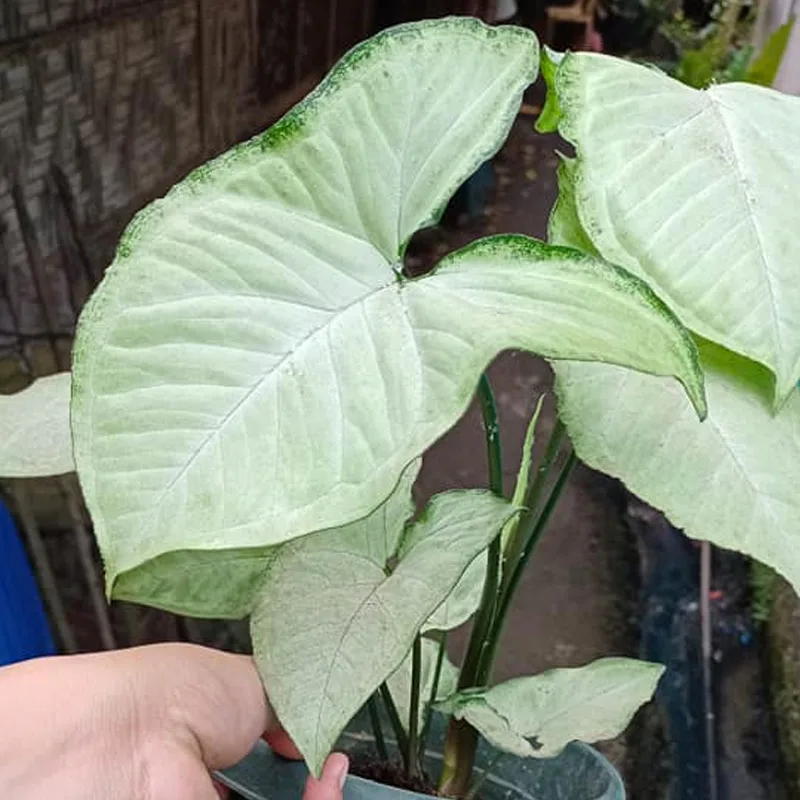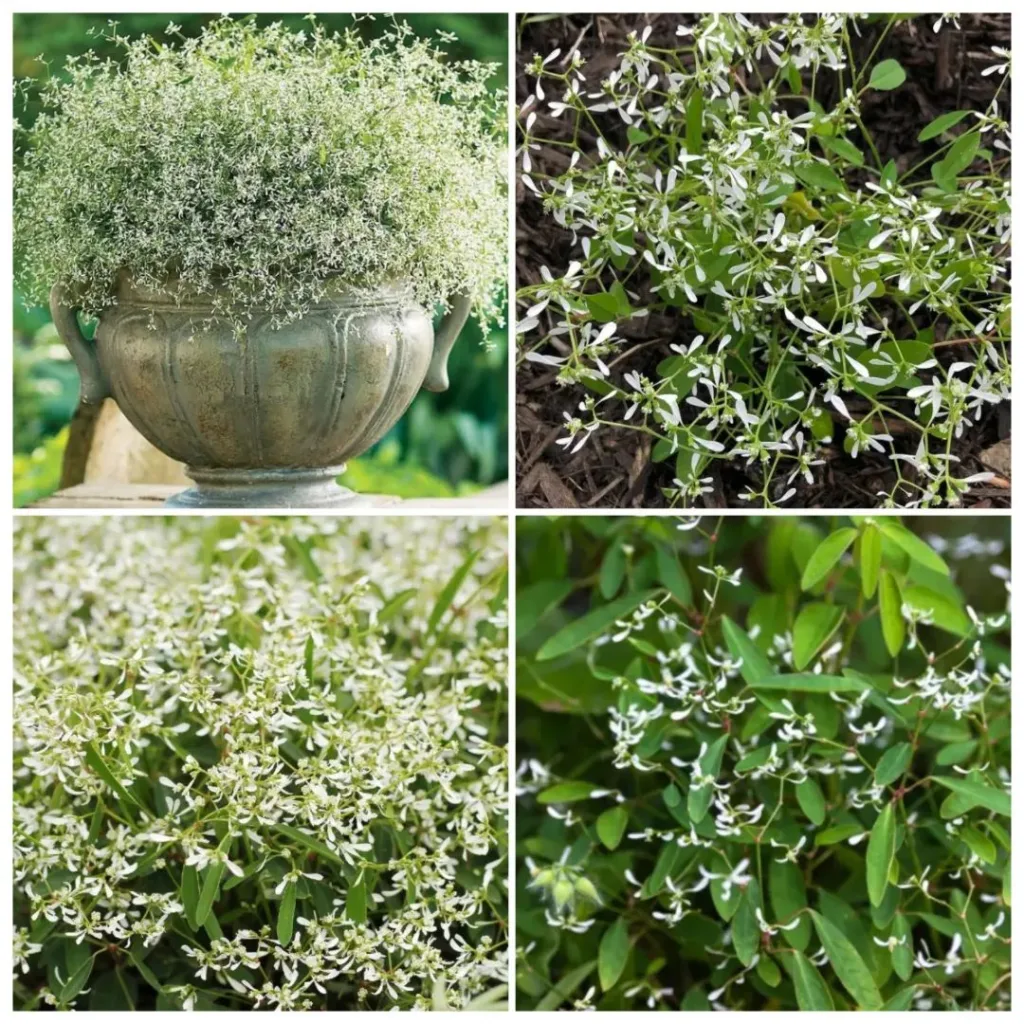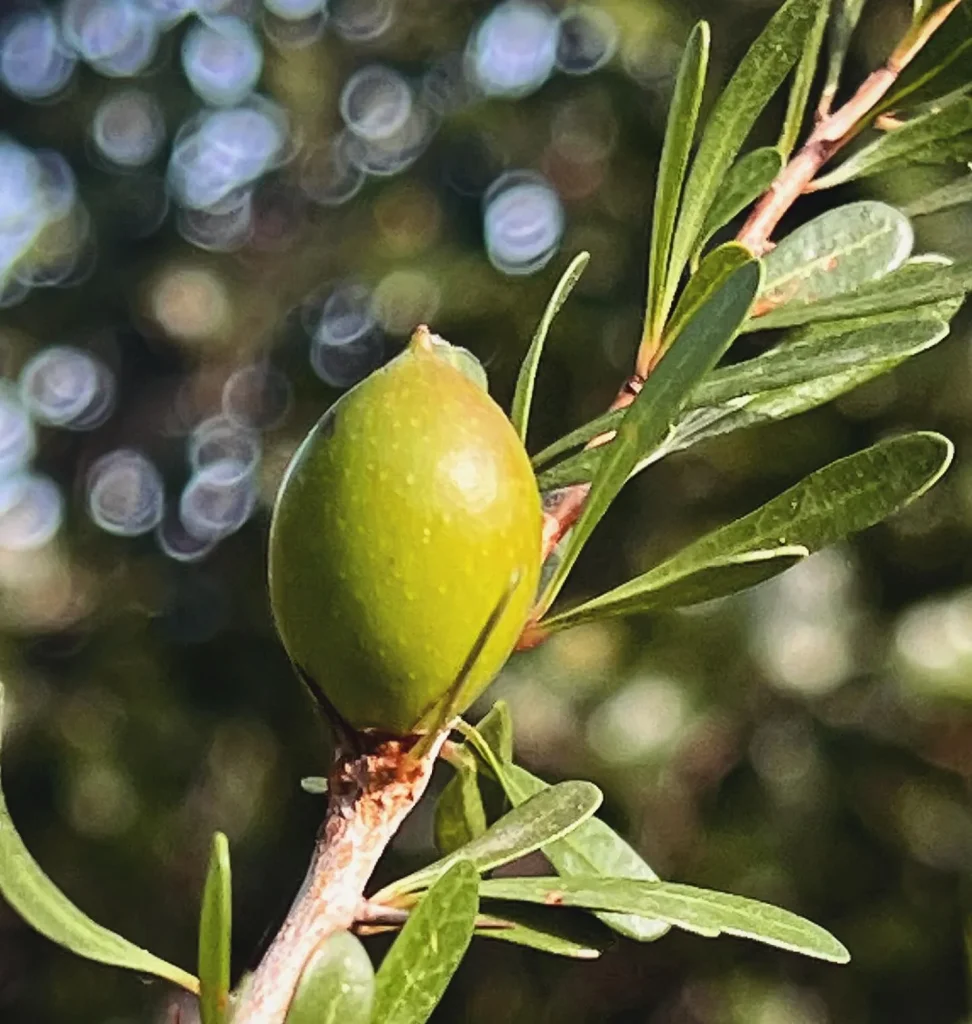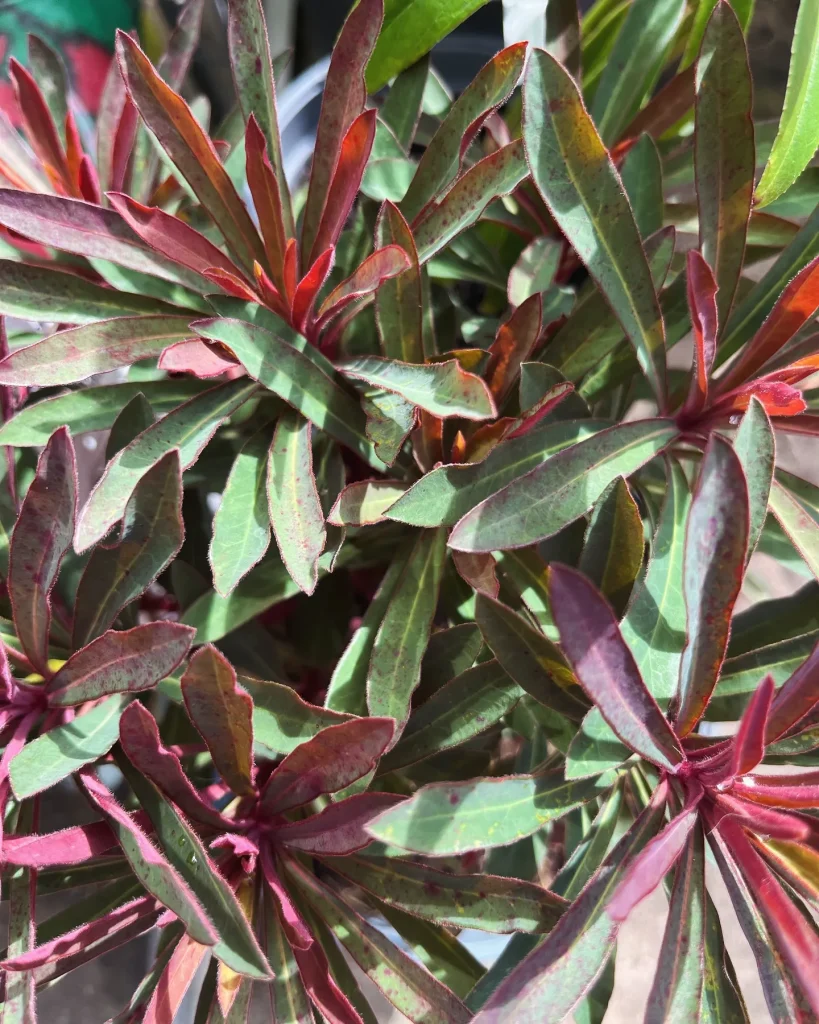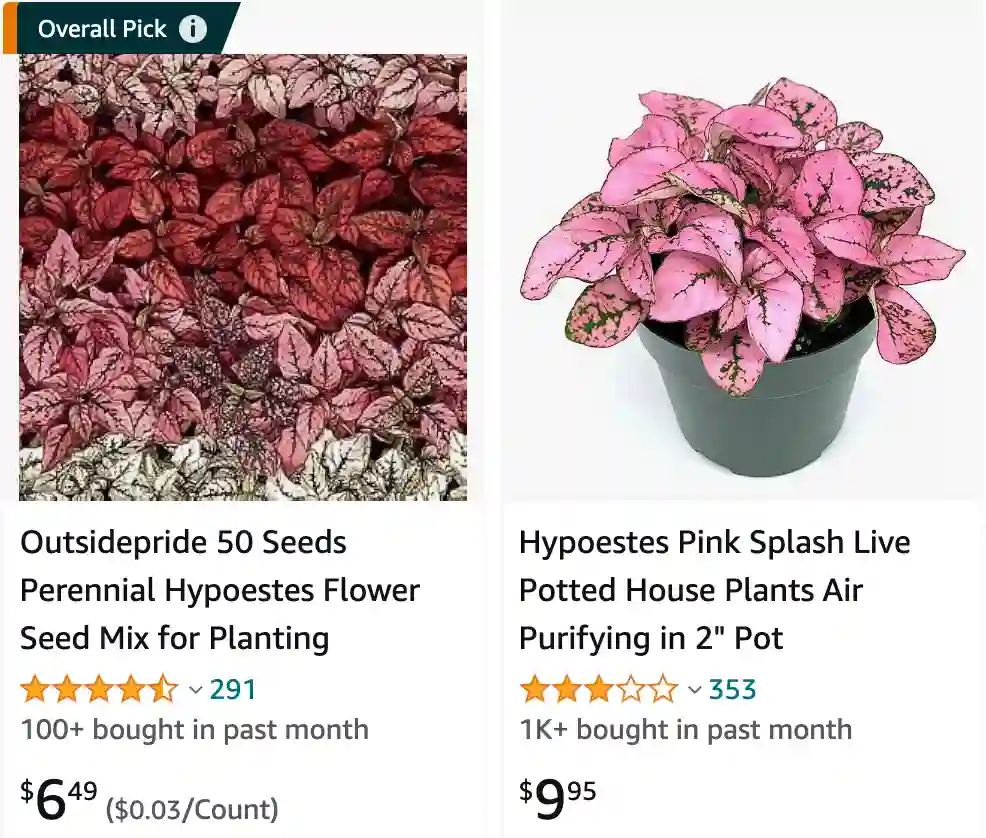
Hypoestes: A Splash of Color in My World
My name is Ferb Vu, and I’ve always been drawn to the vibrant and diverse world of plants. Among my favorites is the genus Hypoestes, a group of flowering plants known for their striking foliage. These plants, with their splash of colors and patterns, have captivated me with their unique beauty and relatively easy care requirements.
Diving into the World of Hypoestes
Hypoestes is a genus belonging to the Acanthaceae family, which boasts a wide array of flowering plants. Native to tropical regions like Madagascar, Southeast Asia, and South Africa, Hypoestes thrives in warm, humid environments. What truly sets this genus apart, however, is the incredible diversity of colors and patterns found on its leaves. From the classic pink polka dots of Hypoestes phyllostachya to the intricate patterns of other species, there’s a Hypoestes to suit every taste.
A Kaleidoscope of Colors and Patterns
The most well-known species is undoubtedly Hypoestes phyllostachya, commonly known as the polka dot plant. This species typically features green leaves speckled with pink, red, or white spots, resembling a painter’s palette. However, the genus extends far beyond this popular variety. Here are:
- Hypoestes acuminata Baker
- Hypoestes aldabrensis Baker
- Hypoestes andamanensis Thoth.
- Hypoestes angusta Benoist
- Hypoestes angustilabiata Benoist
- Hypoestes anisophylla Nees
- Hypoestes arachnopus Benoist
- Hypoestes aristata (Vahl) Sol. ex Roem. & Schult.
- Hypoestes bakeri Vatke
- Hypoestes betsiliensis S.Moore
- Hypoestes bojeriana Nees
- Hypoestes bosseri Benoist
- Hypoestes brachiata Baker
- Hypoestes calycina Benoist
- Hypoestes cancellata Nees
- Hypoestes canescens Hedrén & Thulin
- Hypoestes capitata Boivin ex Benoist
- Hypoestes carnosula Chiov.
- Hypoestes catatii Benoist
- Hypoestes caudata Benoist
- Hypoestes celebica Bremek.
- Hypoestes cernua Nees
- Hypoestes chloroclada Baker
- Hypoestes chlorotricha (Bojer ex Nees) Benoist
- Hypoestes cinerascens Benoist
- Hypoestes cochlearia Benoist
- Hypoestes comorensis Baker
- Hypoestes comosa Benoist
- Hypoestes complanata Benoist
- Hypoestes confertiflora Merr.
- Hypoestes congestiflora Baker
- Hypoestes corymbosa Baker
- Hypoestes cruenta Benoist
- Hypoestes cumingiana (Nees) Fern.-Vill.
- Hypoestes decaisneana Nees
- Hypoestes decaryana Benoist
- Hypoestes diclipteroides Nees
- Hypoestes discreta S.Moore
- Hypoestes ecbolioides I.Darbysh.
- Hypoestes egena Benoist
- Hypoestes elegans Nees
- Hypoestes elliotii S.Moore
- Hypoestes erythrostachya Benoist
- Hypoestes fascicularis Nees
- Hypoestes fastuosa (L.) Sol. ex Roem. & Schult.
- Hypoestes flavescens Benoist
- Hypoestes flavovirens Benoist
- Hypoestes flexibilis Nees
- Hypoestes floribunda R.Br.
- Hypoestes forskaolii (Vahl) R.Br.
- Hypoestes glandulifera Scott Elliot
- Hypoestes gracilis Nees
- Hypoestes halconensis Merr.
- Hypoestes hastata Benoist
- Hypoestes hirsuta Nees
- Hypoestes humbertii Benoist
- Hypoestes humifusa Benoist
- Hypoestes incompta Scott Elliot
- Hypoestes inconspicua Balf.f.
- Hypoestes involucrata Roem. & Schult.
- Hypoestes isalensis Benoist
- Hypoestes jasminoides Baker
- Hypoestes juanensis Benoist
- Hypoestes kjellbergii Bremek.
- Hypoestes kuntzei C.B.Clarke ex Ridl.
- Hypoestes laeta Benoist
- Hypoestes lanata Dalzell
- Hypoestes larsenii Bremek.
- Hypoestes lasioclada Nees
- Hypoestes lasiostegia Nees
- Hypoestes leptostegia S.Moore
- Hypoestes longilabiata Scott Elliot
- Hypoestes longispica Benoist
- Hypoestes longituba Benoist
- Hypoestes loniceroides Baker
- Hypoestes macilenta Benoist
- Hypoestes maculosa Nees
- Hypoestes malaccensis Wight
- Hypoestes mangokiensis Benoist
- Hypoestes merrillii C.B.Clarke ex Elmer
- Hypoestes mindorensis Merr.
- Hypoestes mollior C.B.Clarke ex S.Moore
- Hypoestes mollissima (Vahl) Nees
- Hypoestes multispicata Benoist
- Hypoestes nummulariifolia Baker
- Hypoestes obtusifolia Baker
- Hypoestes oppositiflora Benoist
- Hypoestes oxystegia Nees
- Hypoestes palawanensis C.B.Clarke
- Hypoestes parvula Benoist
- Hypoestes perrieri Benoist
- Hypoestes phyllostachya Baker Plant FAQs: Polka Dot Plant – Hypoestes Phyllostachya
- Hypoestes poilanei Benoist
- Hypoestes poissonii Benoist
- Hypoestes polythyrsa Miq.
- Hypoestes populifolia Miq.
- Hypoestes potamophila Heine
- Hypoestes psilochlamys Bremek.
- Hypoestes pubescens Balf.f.
- Hypoestes pubiflora T.Anderson ex R.Baron
- Hypoestes pulchra Nees
- Hypoestes purpurea (L.) Sol. ex Roem. & Schult.
- Hypoestes radicans Deflers
- Hypoestes richardii Nees
- Hypoestes rodriguesiana Balf.f.
- Hypoestes rosea P.Beauv.
- Hypoestes saboureaui Benoist
- Hypoestes salajeriana Bremek.
- Hypoestes salensis Benoist
- Hypoestes saxicola Nees
- Hypoestes scoparia Benoist
- Hypoestes serpens (Vahl) Sol. ex Roem. & Schult.
- Hypoestes sessilifolia Baker
- Hypoestes setigera Benoist
- Hypoestes sparsiflora R.M.Barker
- Hypoestes spicata Nees
- Hypoestes stachyoides Baker
- Hypoestes stenoptera Benoist
- Hypoestes strobilifera S.Moore
- Hypoestes subcapitata C.B.Clarke
- Hypoestes taeniata Benoist
- Hypoestes tenuifolia Ridl.
- Hypoestes tenuis Merr.
- Hypoestes tetraptera Benoist
- Hypoestes teucrioides Nees
- Hypoestes teysmanniana Miq.
- Hypoestes thomsoniana Nees
- Hypoestes transversa Benoist
- Hypoestes trichochlamys Baker
- Hypoestes triflora (Forssk.) Roem. & Schult.
- Hypoestes tubiflora Benoist
- Hypoestes unilateralis Baker
- Hypoestes urophora Benoist
- Hypoestes vagabunda Benoist
- Hypoestes vidalii C.B.Clarke
- Hypoestes viguieri Benoist
- Hypoestes warpurioides Benoist
- Hypoestes zamboangensis Pelser
Hypoestes vs Fittonia
I find Hypoestes more colorful and vibrant in my indoor garden compared to Fittonia, which seems to struggle with maintaining its lushness.
Is hypoestes toxic to cats?
Absolutely! My furry friend, Luna, is the reason I looked into this myself. While it’s not considered super poisonous, the ASPCA says it can cause some tummy troubles. Knowing Luna, that would mean a night of frantic litter box visits for both of us! I decided to play it safe and keep the polka dot plant (that’s the fancy name!) out of her reach on a high shelf. It adds a pop of color up there, and Luna can admire it from below without any risk.
How to care for hypoestes?
Caring for hypoestes has been a joy for me. I find that they thrive in bright, indirect sunlight, so I make sure to place them near a window where they can get plenty of light without being directly exposed to the sun’s harsh rays. I water them regularly, keeping the soil evenly moist but not waterlogged, and I fertilize them every couple of months during the growing season to encourage healthy growth and vibrant foliage.
How to propagate hypoestes?
Propagating hypoestes has been a fun experiment for me. I’ve had success propagating them from stem cuttings in water. Whenever I notice a stem getting leggy or overgrown, I simply trim it back and place the cutting in a jar of water. Within a few weeks, I usually see roots starting to form, and once they’ve developed a healthy root system, I transplant them into potting soil.
Are hypoestes perennials?
As far as I know, hypoestes are typically grown as annuals, meaning they complete their life cycle within one growing season. However, with proper care, I’ve found that they can sometimes survive and even thrive for several years, especially if they’re kept indoors where they’re protected from harsh weather conditions.
How big do hypoestes get?
Hypoestes generally stay relatively compact, growing to around 12-18 inches in height and spreading about as wide as their height. I find that regular pruning helps to keep them bushy and compact, which is perfect for indoor spaces where I have limited room for larger plants.
How often to water hypoestes?
I water my hypoestes regularly, typically once a week during the growing season, but I adjust the frequency depending on factors like temperature and humidity. I find that it’s important to keep the soil consistently moist, but not soggy, to prevent root rot and other issues.
Is hypoestes a perennial?
As I mentioned earlier, hypoestes are typically grown as annuals, but with proper care, they can sometimes survive for several years. However, they may not always come back as vigorously as they did in their first year, so I like to treat them as annuals and replace them each year to ensure I have healthy, vibrant plants.
Is hypoestes deer resistant?
I’ve found conflicting information regarding whether hypoestes are deer-resistant. Some sources claim that they are, while others suggest that deer may occasionally nibble on them if other food sources are scarce. In my experience, I haven’t had any issues with deer bothering my hypoestes, but I also have other plants in my garden that they seem to prefer.
Are hypoestes poisonous to dogs?
I’ve read that hypoestes can be toxic to dogs if ingested in large quantities, so I make sure to keep them out of reach of my furry friends. While my dog has never shown any interest in eating my plants, I prefer to err on the side of caution and keep potentially harmful plants well out of her reach.
Can hypoestes grow in water?
While hypoestes can grow in water for short periods, they typically prefer well-draining soil. I’ve experimented with growing them in water, and while they did survive for a while, I found that their growth was stunted compared to those grown in soil. For best results, I recommend planting them in a well-draining potting mix.
Can hypoestes grow indoors?
Yes, hypoestes can thrive indoors, making them a popular choice for houseplants. I love having them indoors because they add a pop of color and personality to my living space, and they’re relatively low-maintenance compared to some other houseplants. Just be sure to place them in a bright, indirect light and keep the soil evenly moist.
Does hypoestes need sun?
Hypoestes prefer bright, indirect sunlight, so I make sure to place them near a window where they can get plenty of light without being exposed to direct sunlight, which can scorch their delicate leaves. I find that they’re quite adaptable and can tolerate lower light conditions, but they won’t grow as vigorously or produce as many vibrant colors without adequate light.
If i die, water my plants!
